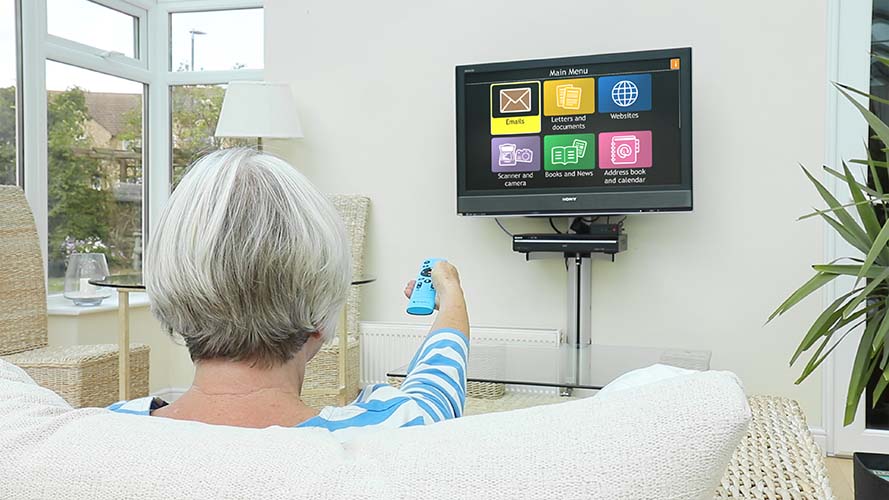
Reasons for visual impairments
Visual impairments may be present from birth, they may develop over time or they may be a result of ageing. Sight loss can also be sudden, perhaps as the result of an accident or injury.
To help ensure inclusion and accessibility for people who are blind or partially sighted, it's helpful to recognise and understand some of the most common conditions that can affect vision. Any sight loss condition brings with it a unique set of challenges and these all impact individuals differently.
Common sight loss conditions
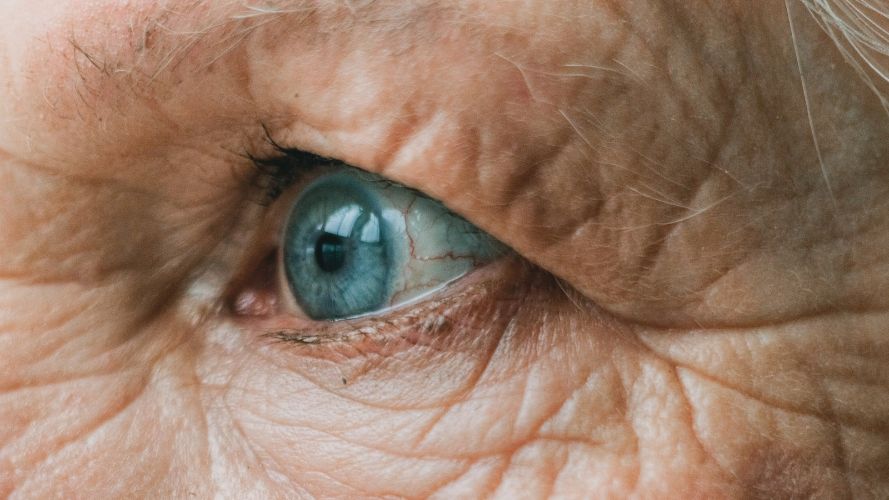
Albinism
What is Albinism?
Albinism is a genetic condition resulting in a lack of pigment in the skin, hair, and eyes. People with albinism have an increased risk of developing visual impairments such as nystagmus, strabismus and photophobia.
People with visual impairments caused by albinism often benefit from screen magnification software to enhance accessibility of the information on their computer. Read more about Albinism, its symptoms, diagnosis, treatment and living with this condition. This article also contains signposts to further information and support.

Amblyopia
What is Amblyopia?
Amblyopia is usually referred to as 'lazy eye'. It involves reduced vision in one eye, which usually develops during childhood. This reduced vision can cause the brain to effectively ignore input from that eye, which can lead to permanent vision loss if left untreated.
Assistive technology, including SuperNova screen magnifier and accessible book readers can help people with vision loss caused by amblyopia to read, study and use technology. Read more about Amblyopia , its symptoms, diagnosis, treatment and living with this condition. This article also contains signposts to further information and support.

Age-related Macular Degeneration (AMD)
What is Age-related Macular Degeneration?
Age-related Macular Degeneration (AMD) is the leading cause of sight loss in the UK. It affects more than 1.5 million people in the UK (RNIB) and over 19.8 million Americans (AMDF).
AMD affects the central part of the retina (the macular), which leads to blurred or distorted vision. Dolphin Computer Access has developed GuideConnect, an easy-to-use assistive technology which enables people with AMD to complete everyday tasks, connect and communicate with loved ones. Read more about AMD, its symptoms, diagnosis, treatment and living with this condition. This article also contains signposts to further information and support.
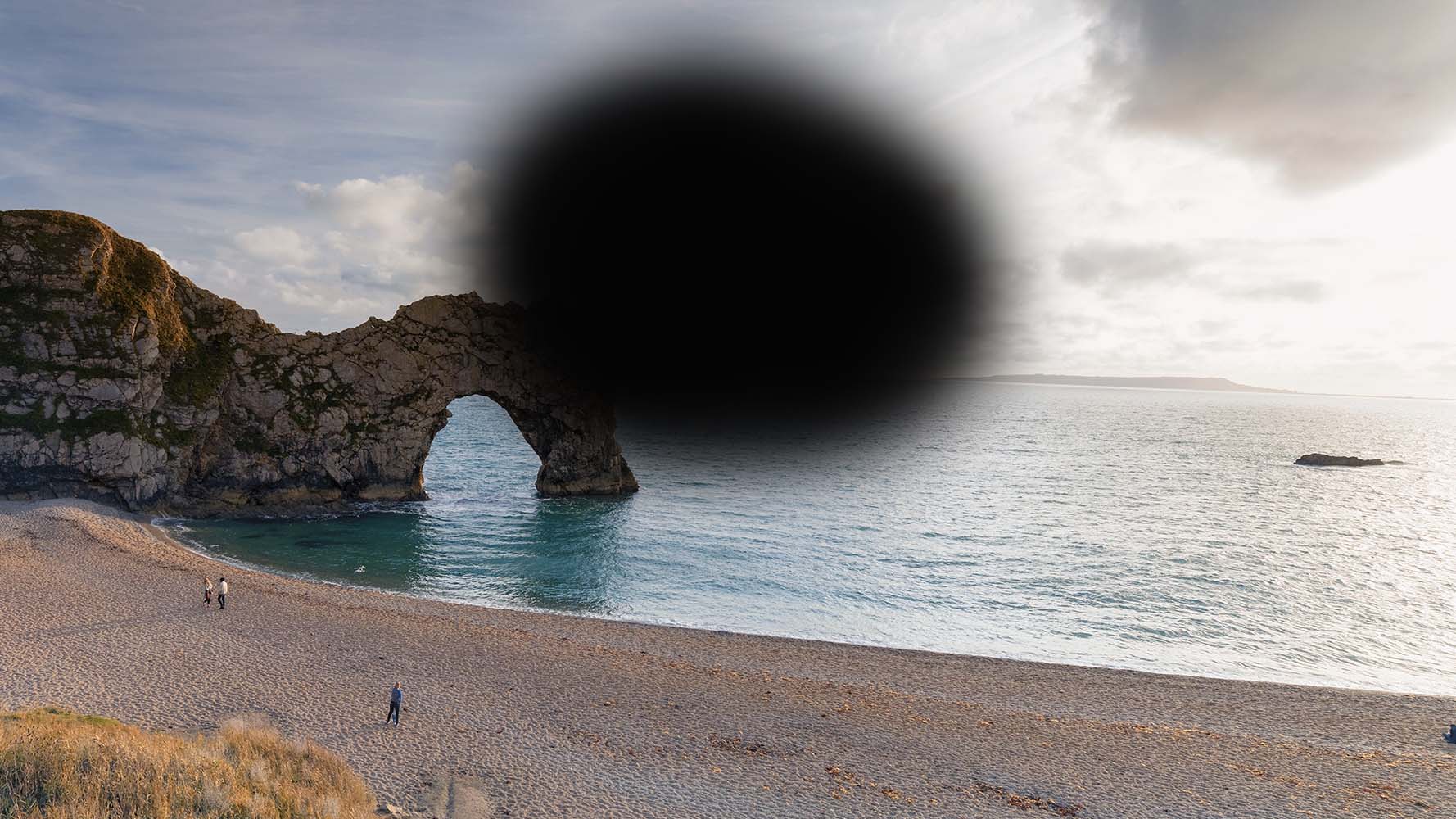
Cataracts
What are Cataracts?
Cataracts are a clouding of the eye's lens, which leads to blurred vision. Cataracts can develop slowly over time, though they may also develop rapidly in response to an injury or illness such as diabetes.
Cataracts are a normal part of ageing, and are more prevalent in older adults, but they can also affect younger people, babies and children. Treatment usually involves surgery, which has good outcomes.
Dolphin Computer Access recognises the challenges associated with cataracts and has software such as GuideConnect and SuperNova that can help people with cataracts maintain their independence.
Read more about cataracts, and where to get more support.

Charles Bonnet Syndrome
What is Charles Bonnet Syndrome?
Charles Bonnet Syndrome (CBS) manifests as visual hallucinations which can affect people with different visual impairments including AMD, Diabetic Retinopathy and Stargardt Disease. It is believed CBS is the result of the brain compensating for a lack of visual input from the eyes. CBS hallucinations can take many forms but are entirely visual, with no input from other senses.
Read more about Charles Bonnet Syndrome, its symptoms, diagnosis and living with this condition. This article also contains signposts to further information and support which you may find helpful.

Colour Vision Deficiency / Colour Blindness
What is Colour Blindness?
Colour Vision Deficiency - often referred to as CVD or colour blindness - is a common condition that can affect an individuals ability to distinguish between certain colours. You can read more about CVD or colour blindness, its symptoms, diagnosis and living with this condition in our article which explains CVD in more detail.
Although it usually has a minimal impact on day-to-day life, the colour contrast and magnification features in Dolphin SuperNova magnifier may help improve study and reading.

Diabetic Retinopathy
What is Diabetic Retinopathy?
Diabetic Retinopathy is a complication caused by diabetes, affecting the blood vessels in the retina. It can lead to vision loss over time if left unmanaged and untreated.
Dolphin Computer Access recognises the challenges associated with diabetic retinopathy, and offers a range of software solutions that help support people with diabetic retinopathy to live, work and study independently. From screen magnifiers and screen readers that offer full, future-proof support, to easy-to-use assistive tech that helps people complete everyday tasks independently at home.
Read more about diabetic retinopathy symptoms, diagnosis, treatment and living with this condition. The article also contains signposts to further information and support.

Glaucoma
What is Glaucoma?
Glaucoma is a group of eye diseases that result in damage the optic nerve from increased eye pressure. This leads to vision loss if left untreated.
The symptoms of glaucoma can vary depending on the type of glaucoma and the stage of the disease. There may be no symptoms in the early stages of glaucoma, so it's important to keep up with routine eye appointments as these will help
Dolphin Computer Access offers assistive technology such as screen magnification and screen reading software designed to support individuals with glaucoma at work, and in education, plus easy-to-use assistive tech to use at home.
Read more about glaucoma, its symptoms, diagnosis, treatment and living with this condition. This article also contains signposts to further information and support.

Keratoconus
What is Keratoconus?
Keratoconus is a progressive eye condition that affects the shape of the cornea which covers the front of the eye. Keratoconus involves the thinning of the cornea which can then bulge, leading to distorted vision and sensitivity to light.
Dolphin Computer Access provides software products to help with the unique challenges faced by individuals with Keratoconus. These include screen magnification with colour contrast options, and screen reading software.
Read more about Keratoconus, its symptoms, diagnosis, treatment and living with this condition. This article also contains signposts to further information and support.

Nystagmus
What is Nystagmus?
Characterised by involuntary and rapid eye movements, Nystagmus can significantly impact daily activities and make it difficult for someone to see clearly.
Dolphin Computer Access offers assistive technology such as SuperNova Magnifier and Screen Reader which an help people with nystagmus to use their computers for work, study and entertainment.
Read more about the different types of Nystagmus, its symptoms, diagnosis, treatment and living with this condition. This article also contains signposts to further information and support.

Retinitis Pigmentosa
What is Retinitis Pigmentosa?
Retinitis Pigmentosa - also known as RP - is a genetic disorder which leads to a breakdown of cells in the retina. This affects peripheral vision and eventually leads to blindness. While there is currently no cure for the condition, there are treatments available to manage symptoms and slow down the progression of the disease.
Dolphin Computer Access recognises the complexities associated with this condition, and offers a range of magnification and screen reading software which can be upgraded over time, this helps ensure the features of the software support any changes in vision which the user might experience as the condition develops.
Read more about Retinitis Pigmentosa, its symptoms, diagnosis, treatment and living with this condition. This article also contains signposts to further information and support.

Stargardt Disease
What is Stargardt Disease?
Stargardt Disease predominantly affects young people and leads to central vision loss over time. Stargardt Disease is a genetic condition caused by an alteration in a single gene. It affects the retina of the eye and causes progressive loss of the central vision. It is also known as fundus flavimaculatus, Stargardt macular dystrophy, or juvenile macular degeneration.
Learn more about Stargardt Disease and find signposts to support and information in our article, where you will also discover Dolphin assistive technology that helps young people with sight loss read, study and work independently.
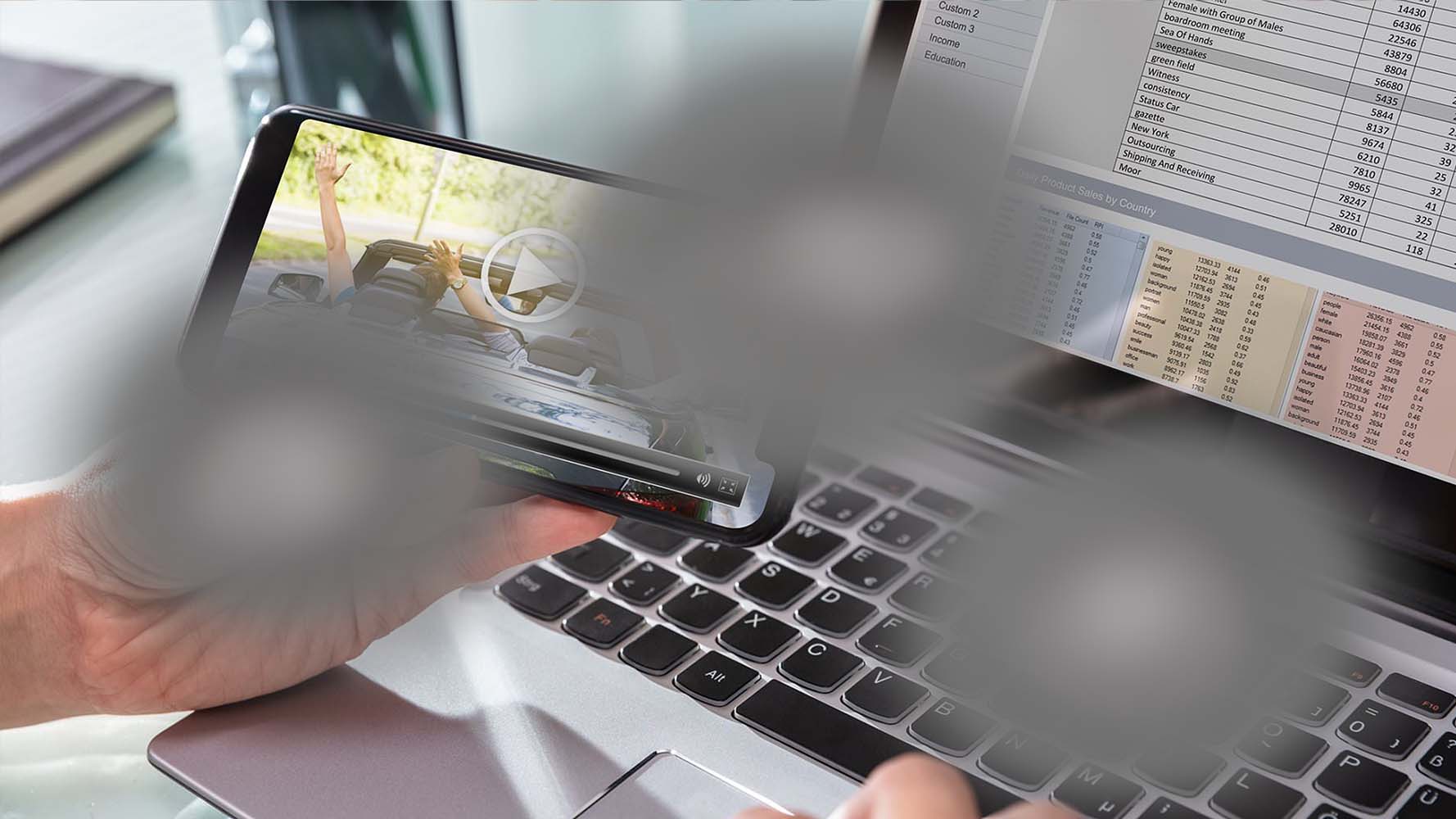
Strabismus
What is Strabismus?
Strabismus can impact eye alignment and visual clarity, It's usually referred to as ‘a squint’ in the UK and often referred to as ‘crossed eyes’ in the US. It’s a visual condition in which the eyes are misaligned and do not point in the same direction, which can lead to distorted vision and difficulties with depth perception. Early diagnosis and treatment of strabismus can help prevent further complications and improve vision.
Dolphin Computer Access recognises the challenges associated with this condition. It can sometimes lead to amblyopia or 'lazy eye' where the brain 'switches off' messages from one of the eyes. We offer assistive technology such as EasyReader App that can help young people with visual impairments read using Text to Speech (TTS) and audio.

How Dolphin Computer Access Helps
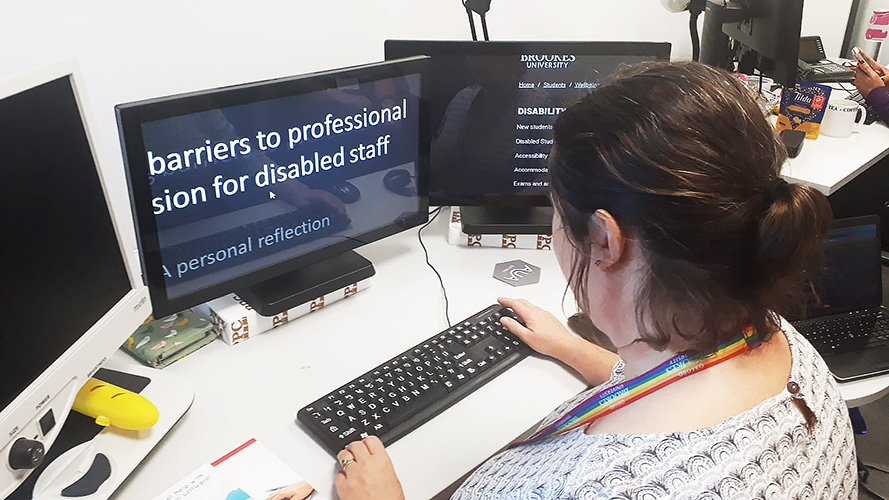
Assistive Tech for Sight Loss
The digital age has presented advances in technology which help make everyday life more accessible to people with visual impairments. These innovations in assistive technology continue to develop. They encourage inclusion and support people who are blind or partially sighted to navigate their daily life.
Dolphin Computer Access offers assistive technology to enable independence and support individuals at home, throughout education and at work.
Contact Dolphin for advice on assistive tech
We hope these articles help you understand more about the most common reasons a person might be blind or partially sighted.
These articles also contain links to further information, blogs and organisations that offer support, along with recommendations for assistive technology which help people with sight loss to work, study and live independently.
If you would like to talk about the ways Dolphin assistive tech could help you or someone you know, please do get in touch with our team.


 United States
United States
